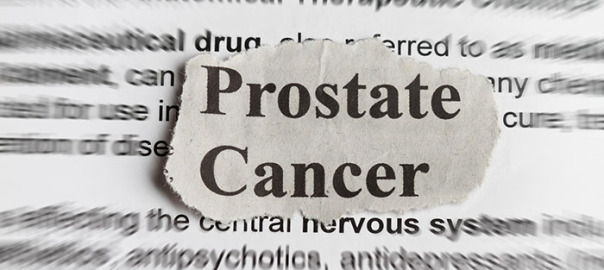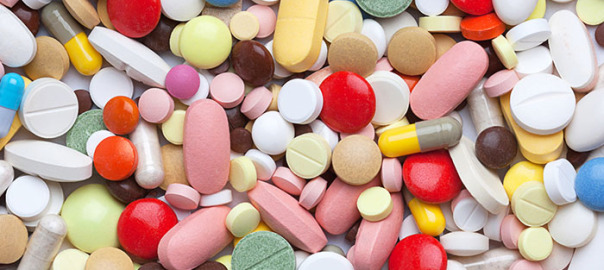By Sarah Knapton,
The Fasting Mimicking Diet (FMD) improves longevity while cutting the risk of cancer and diabetes by half, scientists have found
A new diet could add years to life by actually slowing down the ageing process, scientists believe Photo: Getty Images
Sarah Knapton By Sarah Knapton, Science Editor5:00PM BST 18 Jun 2015 Comments271 Comments
A five day diet which mimics fasting could slow down ageing, add years to life, boost the immune system and cut the risk of heart disease and cancer, scientists believe.
The plan which restricts calories to between one third and a half of normal intake has been developed by academics at the University of Southern California.
Last year the same team discovered that fasting can regenerate the entire immune system, bringing a host of long-term health benefits.
But now they have found that a calorie-restricted diet comprising of vegetable soups and chamomile tea has the same affect. And dieters only need to follow the Fasting Mimicking Diet (FMD) for five days a month, eating what they like for the rest of the time.
“Strict fasting is hard for people to stick to, and it can also be dangerous, so we developed a complex diet that triggers the same effects in the body,’ said Professor Valter Longo, USC Davis School of Gerontology and director of the USC Longevity Institute.
“I’ve personally tried both, and the fasting mimicking diet is a lot easier and also a lot safer.
“I think based on the markers for ageing and disease in humans it has the potential to add a number of years of life but more importantly to have a major impact on diabetes, cancer, heart disease and other age-related disease.”
Day one of the diet comprises:
10 per cent protein, 56 per cent fat and 34 per cent carbohydrate, making 1,090 calories
Days two to five:
Nine per cent protein, 44 per cent fat and 47 per cent carbohydrate making 725 calories
When humans tested out the regimen, within three months they had reduced biomarkers linked to ageing, diabetes, cancer and heart disease as well as cutting overall body fat.
For 25 days a month, study participants went back to their regular eating habits — good or bad They were not asked to change their diet and still saw positive changes.
Camomile tea and vegetable soup were highlighted as foods to eat in the new regimen
Feeding mice the equivalent restricted diet elevated the number of regenerative stem cells in the organs, including the brain where it encouraged the creation of new neurons which improved memory and learning.
When fed to middle aged mice, the diet also reduced the incidence of cancer, boosted the immune system, reduced inflammatory diseases, slowed bone mineral density loss and improved the cognitive abilities of older mice tracked in the study.
The researchers think it works by slashing a hormone which encourages growth, and has been linked to cancer susceptibility. Essentially it tricks the body into ageing more slowly.
“It’s about reprogramming the body so it enters a slower aging mode, but also rejuvenating it through stem cell-based regeneration,’ Professor Longo added.
“It’s not a typical diet because it isn’t something you need to stay on.”
• Statins save fewer lives than exercising and eating sensibly, say scientists
• Eat within 12-hour window to lose weight, say scientists
• No link found between saturated fat and heart disease
Previous research has shown that cutting calories not only prevents weight gain but also prolongs good health and longevity.
However British health experts said that people may find it easier to just alter daily calorie intake rather than embarking on the intense five-day diet.
Naveed Sattar, professor of Metabolic Medicine at the University of Glasgow said: “The best way to alter weight trajectory or to lose weight is to make permanent and sustainable changes in ones dietary composition so that less high density calories like cakes, biscuits, crisps.
“This way, folk can eat three meals a day and still have total less calorie intake than they had previously. This, for me, is better for mind and body, and critically, more sustainable.”
The Fasting Mimicking Diet brings a range of health benefits as well as weight loss
Prof Lynne Cox, Associate Professor of Biochemistry, University of Oxford, said the results look promising.
“ For many years, caloric restriction (cutting out 30-40% of your calories each and every day) has looked the best bet for improving health outcomes during ageing, but this new diet appears much easier to stick to than caloric restriction – in humans, it involves taking low protein plant-based meal replacements that provided a third to a half of normal calorie intake for five days every month over a cycle of three months,” she said.
“What is noteworthy here is that the study incorporates a whole host of experiments from model organisms as simple as yeast cells, through mice and into a small controlled clinical trial in humans. All of the results point in one direction: periodically mimicking fasting leads to marked decreases in risk factors for diseases such as diabetes and heart disease, and, in mice, improved short and long term memory were observed.
“Yes, it needs more tests and in some cases different ways of measuring outcomes. But the trends look interesting. If over a longer time human findings match up to the results in mice then this type of intervention has the potential to improve health – though it is likely to be more relevant to young and middle-aged people as drastic metabolic changes may not be well-tolerated in older people.”
Professor Longo believes that for most normal people, the FMD can be done every three to six months, depending on the abdominal circumference and health status.
For obese subjects or those with elevated disease risk factors, the FMD could be recommended by the physician as often as once every two weeks.
His group is testing its effect in a randomized clinical trial, which will be completed soon, with more than 70 subjects.
‘If the results remain as positive as the current ones, I believe this FMD will represent the first safe and effective intervention to promote positive changes associated with longevity and health span, which can be recommended by a physician,’ Longo said.
Despite its positive effects, Longo cautioned against water-only fasting and warned even about attempting the fasting mimicking diet without first consulting a doctor and seeking their supervision throughout the process.
‘Not everyone is healthy enough to fast for five days, and the health consequences can be severe for a few who do it improperly,’ he said. ‘Water-only fasting should only be done in a specialized clinic and can increase the incidence of gallstones in women at risk if done improperly.”
The study was published in the journal Cell Metabolism funded by the National Institute on Aging.
Have a thought, comment or willing to share your experience? Become a Contributor! Save us as a favorite in your browser (www.thebacknine.us) or send in your comments to our https://back9.us/contact-us/ link on the bottom of our home page.





